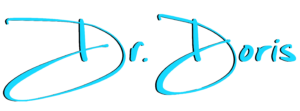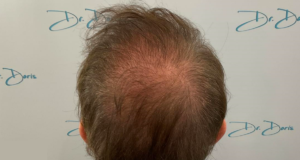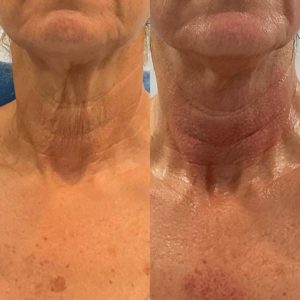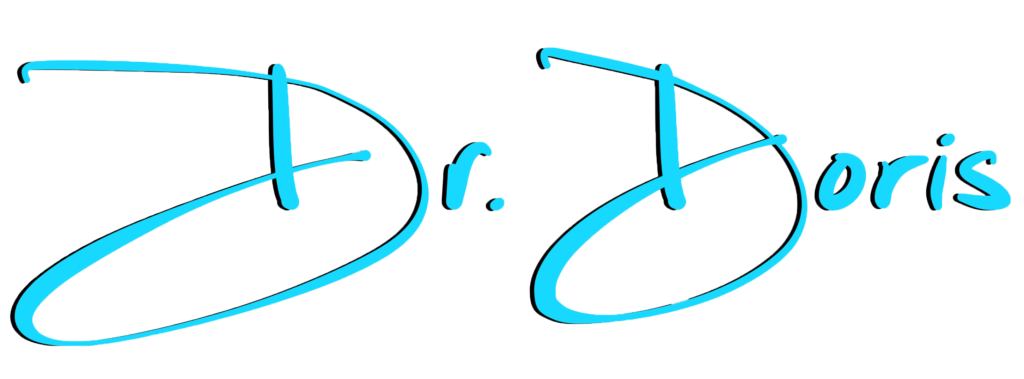In the realm of weight management, a new term has emerged among users of Ozempic — a medication known for treating type 2 diabetes that also aids in weight loss. The term “Ozempic face” has started conversations and has raised concerns about the potential negative aesthetic side effects of using the medication. This article explores the medical facts to demystify the concept of Ozempic face, exploring what it entails and debunk the myths from fact.
What is the Ozempic Face?
Ozempic face is a term coined by some individuals who have noticed changes in their facial structure after losing weight while using Ozempic. They describe a more hollow and aged appearance, with pronounced cheekbones and a loss of facial fullness. This term has sparked debate, leaving many to wonder if there’s a direct correlation between Ozempic and these facial changes.
Ozempic works by mimicking a hormone that regulates appetite, leading to reduced hunger and weight loss. This weight loss is not specific to the face. Excessive and rapid weight loss over the arms, abdomen, legs and backside will also result in wrinkly skin. As the face is visible and has a smaller amount of fat to lose before showing hollows; losing a significant amount of weight can affect the visual appearance of facial features, with or without Ozempic.

Debunking the Ozempic Face Myth
When addressing this topic, it’s critical to distinguish anecdotal evidence from scientific research. Currently, the term “Ozempic face” is not recognized in medical literature as a side effect of the medication. Changes in facial appearance are common with weight loss, irrespective of the methods used to achieve it. Thus, connecting these changes solely to Ozempic is inaccurate.
Genetics, age, and the extent of weight loss are all factors that contribute to how an individual’s face may change when they lose weight. It’s also important to remember that losing facial volume is part of the natural aging process.
Ozempic for Weight Loss
Ozempic has become prominent for its weight loss benefits, particularly for those with type 2 diabetes and obesity. Its effectiveness in reducing appetite has garnered a following in the weight loss community. However, the decision to use Ozempic should be made with a healthcare provider’s guidance, considering the individual’s health and weight loss goals.
Managing Side Effects of Ozempic
Ozempic can have side effects, such as gastrointestinal discomfort, but these often subside with time. Concerns about changes in facial appearance should be discussed with a healthcare provider to be avoided or managed as you reach your weight loss goals.
Real-life Experiences with Ozempic
Personal stories vary widely, with some experiencing significant weight loss and health benefits, while others face challenges. These anecdotes provide perspective but should not set universal expectations, as each person’s experience with Ozempic is unique. With proper supervision and counseling how the medication works, weight loss can be gradual, successful, and with minimal unpleasant side effects.
How to Deal with Sagging Facial Skin After Losing Weight?
After achieving significant weight loss, individuals may encounter the normal effects of sagging facial skin. Fortunately, numerous cosmetic procedures and treatments are available to address this concern, aiding individuals in attaining a more rejuvenated and tightened appearance.
Morpheus8 Treatment: Morpheus8 is a non-invasive treatment that utilizes radiofrequency technology to stimulate collagen production and tighten the skin, effectively improving the appearance of sagging skin, offering individuals a more youthful and revitalized look.
Forma Treatment: Forma treatment is another non-invasive option that employs radiofrequency energy to penetrate deep layers of the skin, promoting collagen growth and enhancing skin tightness, especially on the face and neck.
PDO Threads: These dissolvable threads, are designed to lift and tighten sagging facial tissues, offering long-lasting results by stimulating collagen production, resulting in a more youthful and lifted facial appearance.
Filler: Dermal fillers can effectively restore volume to areas of the face that have lost fat due to weight loss, addressing the appearance of sagging or drooping skin, providing individuals with a more contoured and youthful facial profile.
Sculptra: This biostimulator made from PLLA particles stimulates collagen production over time, leading to improved skin elasticity and firmness, offering individuals a non-surgical solution to restore a more youthful and rejuvenated appearance by addressing skin laxity and promoting natural collagen production.
Conclusion: The Truth About Ozempic Face
The concept of “Ozempic face” reflects individual differences in weight loss rather than being a direct side effect of the medication. While weight loss can alter facial appearance, it is not specific to Ozempic. Those considering Ozempic should engage in thorough discussions with healthcare providers, set realistic goals, and commit to lifestyle changes for the best outcomes.
Ultimately, Ozempic face is not a medically recognized condition, and fears surrounding it should not overshadow the potential health benefits of responsible Ozempic use. It is a reminder that weight loss journeys are deeply personal and that informed, individualized care is paramount.
FAQs
- What does Ozempic do to your face?
Ozempic is associated with changes in facial fat, leading to a leaner appearance in some patients, known as the “Ozempic face.” - What is the dark side of Ozempic?
Ozempic can cause gastrointestinal issues like nausea, vomiting, and diarrhea if you overeat while taking the medication. Less common side effects include hypoglycemia (low blood sugar) or injection site reactions. - How much weight can you lose in a month on Ozempic?
Weight loss on Ozempic varies, with clinical trials showing patients can lose 5% to 15% of their body weight over several months to a year. Optimal weight loss is 2–3 lbs per week. - How long can you stay on Ozempic?
The duration of treatment varies, with some using it long-term to manage diabetes and weight, while others use it for shorter periods. This is best determined by your healthcare provider. - Do you regain weight after stopping Ozempic?
Some patients may regain weight after stopping Ozempic, especially without addressing lifestyle factors. If you revert to your previous eating habits or have insulin resistance, then of course you will gain the weight back. A plan with your healthcare provider is important to set what is right for you. - What is the biggest side effect of Ozempic?
The most significant side effect is gastrointestinal issues, especially in the first few weeks, which typically improve over time.
Resources:
Medical News Today — What to know about “Ozempic face”
Today — What is ‘Ozempic face’? Significant weight loss on the drug can change your face, doctors say
The New York Times — Those Weight Loss Drugs May Do a Number on Your Face
New York Post — Plastic surgeons warn ‘Ozempic face’ has taken over Hollywood
For more information, read our blogs at https://DrDoris.com/Blogs








